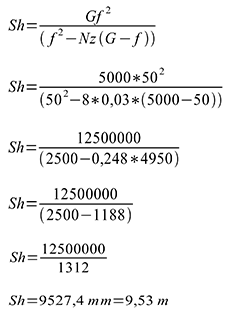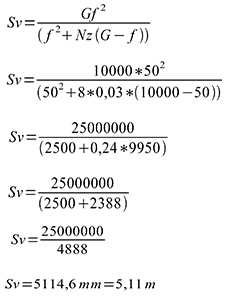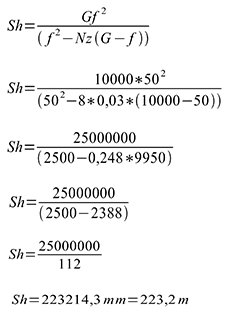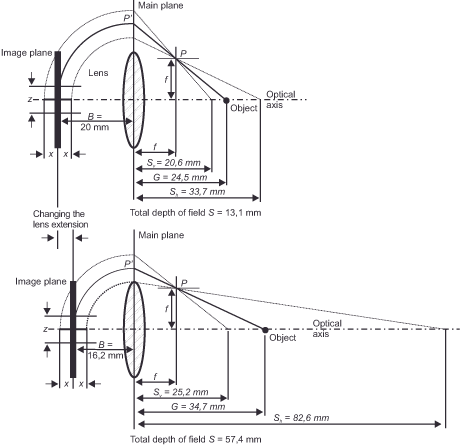You are here: Nature Science Photography – Visual acuity – Image sharpness I




The depth of field therefore increases with increasing subject distance. The further away we place the camera from the subject, the larger the area in focus will be. Therefore, landscape photographs automatically have a larger depth of field compared to macros, due to the subjects being so far away. Mathematically, the formulas explain this just as in the case of aperture: A larger subject distance increases the denominator in the calculation of Dv and decreases it in the calculation of Dh. As a result, Dv decreases and Dh increases. Once again, Dh grows more than Dv, resulting in a disproportionate increase in the acceptable sharp area behind the focal point. Table 3 shows this clearly for a larger range of distances. At close distances, the ratio is 1:1, but as the distance increases, this distribution changes more and more in favor of the background. This occurs in exactly the same ratio as that between the far point and the near point. Therefore, the widely quoted distribution of the depth of field in the ratio 1/3 to 2/3 in front of or behind the focal plane is not a general distribution rule; it only applies if the distances are also in this ratio.
| f/stop | Subject distance | Near point D1 | Far point D2 | Depth of field | Ratio |
| f/1,8 | 10 m | 8,2 m | 12,7 m | 4,5 m | 1:1,5 |
| f/1,8 | 15 m | 11,3 m | 22,2 m | 10,8 m | 1:1,9 |
| f/1,8 | 20 m | 14,0 m | 35,2 m | 21,2 m | 1:2,5 |
| f/1,8 | 40 m | 21,5 m | 292,5 m | 271,0 m | 1:13,6 |
What happens becomes even clearer than the bare figures if we look at figure 29 (object width and depth of field) to see what happens to the ray paths with regard to the depth of field when the object width is increased.

Next Depth of field and focal length
Main Visual acuity
Previous Depth of field and aperture
If you found this post useful and want to support the continuation of my writing without intrusive advertising, please consider supporting. Your assistance goes towards helping make the content on this website even better. If you’d like to make a one-time ‘tip’ and buy me a coffee, I have a Ko-Fi page. Your support means a lot. Thank you!


 Since I started my first website in the year 2000, I’ve written and published ten books in the German language about photographing the amazing natural wonders of the American West, the details of our visual perception and its photography-related counterparts, and tried to shed some light on the immaterial concepts of quantum and chaos. Now all this material becomes freely accessible on this dedicated English website. I hope many of you find answers and inspiration there. My books are on
Since I started my first website in the year 2000, I’ve written and published ten books in the German language about photographing the amazing natural wonders of the American West, the details of our visual perception and its photography-related counterparts, and tried to shed some light on the immaterial concepts of quantum and chaos. Now all this material becomes freely accessible on this dedicated English website. I hope many of you find answers and inspiration there. My books are on